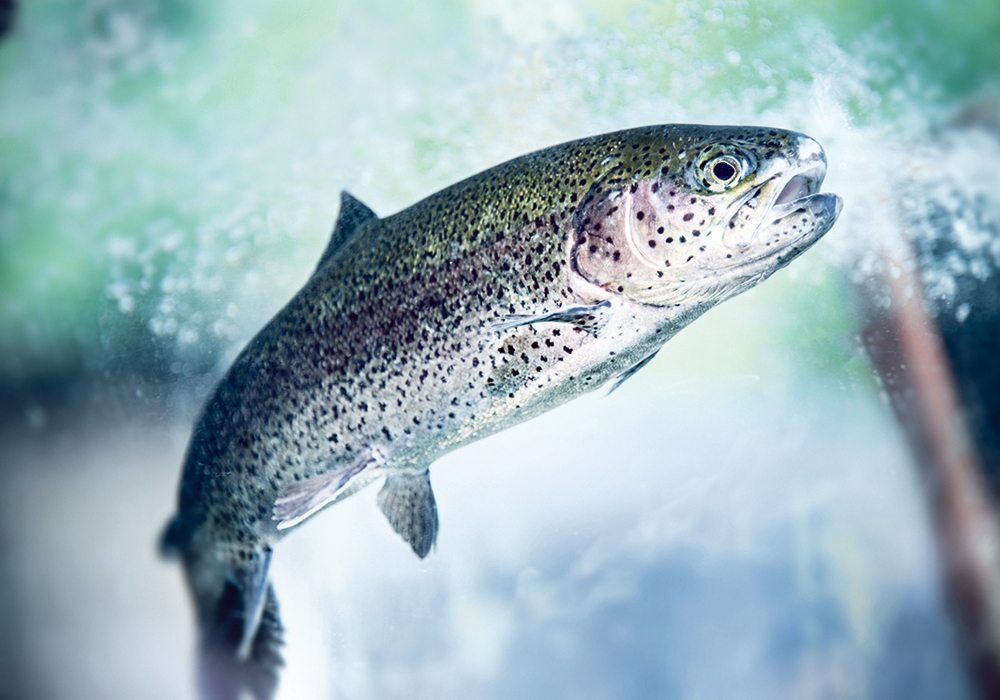The Canadian Food Inspection Agency has declared the following watersheds infected with whirling disease:
LACOMBE, Alta. — Since whirling disease was detected in fish in Banff National Park two years ago, further surveillance has found it in several of Alberta’s watersheds.
The disease, which affects trout, whitefish and salmon, may have been present for several years. It is a federally reportable disease in Canada and was first detected in the United States in the 1950s, said Emily Drystek, a whirling disease program education and outreach specialist at Alberta Environment.
The disease comes from spores spread through water, infected fish, sediment and equipment used in water.
Read Also

Farming Smarter receives financial boost from Alberta government for potato research
Farming Smarter near Lethbridge got a boost to its research equipment, thanks to the Alberta government’s increase in funding for research associations.
“There is no treatment for whirling disease. There is no chemical that can wipe it out,” Drystek said at the Alberta Invasive Species Council annual meeting held recently in Lacombe.
“It is often spread through movement of infected fish, either through stocking practices like aquaculture or recreation like fishing.”
Fish may have it without showing illness, but clinical signs include a black tail, sloped head, crooked tail and whirling behaviour like a dog chasing its tail.
The province sampled 424 sites in 2016-17, and this year authorities are looking at stocked ponds. DNA identification is also being used to learn whether some fish have a genetic predisposition to the disease.
The province wants to establish a base line of what the disease looks like, disease locations and if it is spreading.
Because no treatment is available, prevention is the best approach.
Alberta has a decontamination protocol for watercraft to keep it from spreading. Boaters are reminded to steam clean, drain and dry watercraft and gear.
Whirling disease is microscopic, so it won’t be seen on equipment at inspection stations.
“If you do suspect a fish has whirling disease, make sure you report that,” she said.
People are also advised not to put fish down a garburator or throw suspect fish back into the water.
The whirling disease hot line number is 855-336-2628.
Where it’s found
The Canadian Food Inspection Agency has declared the following watersheds infected with whirling disease:
- Bow River watershed
- Oldman River watershed
- Red Deer River watershed
- North Sask River watershed
- The remainder of Alberta is considered a buffer zone


















